Swift Tutorials
-
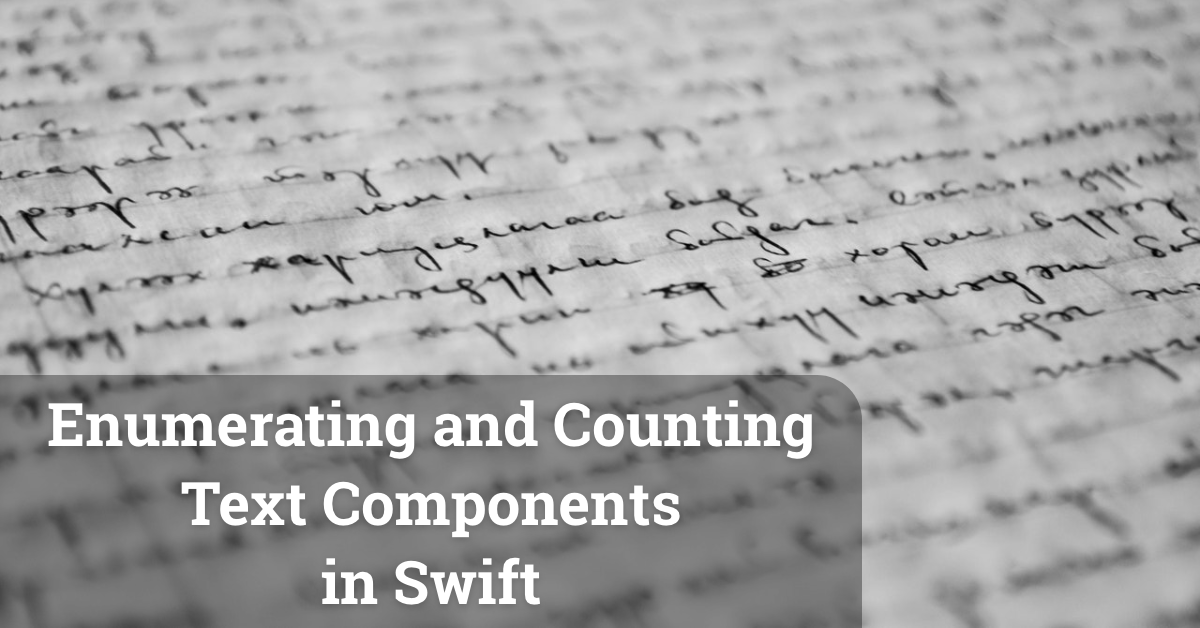
Enumerating and Counting Text Components in Swift
Meet a built-in API that allows to enumerate substrings and count text components such as words and paragraphs easily in Swift.
-

Fetching Remote Data With Async/Await In Recent And Older System Versions
Learn how to use the new async/await pattern in order to fetch remote data both in recent and in older system versions.
-
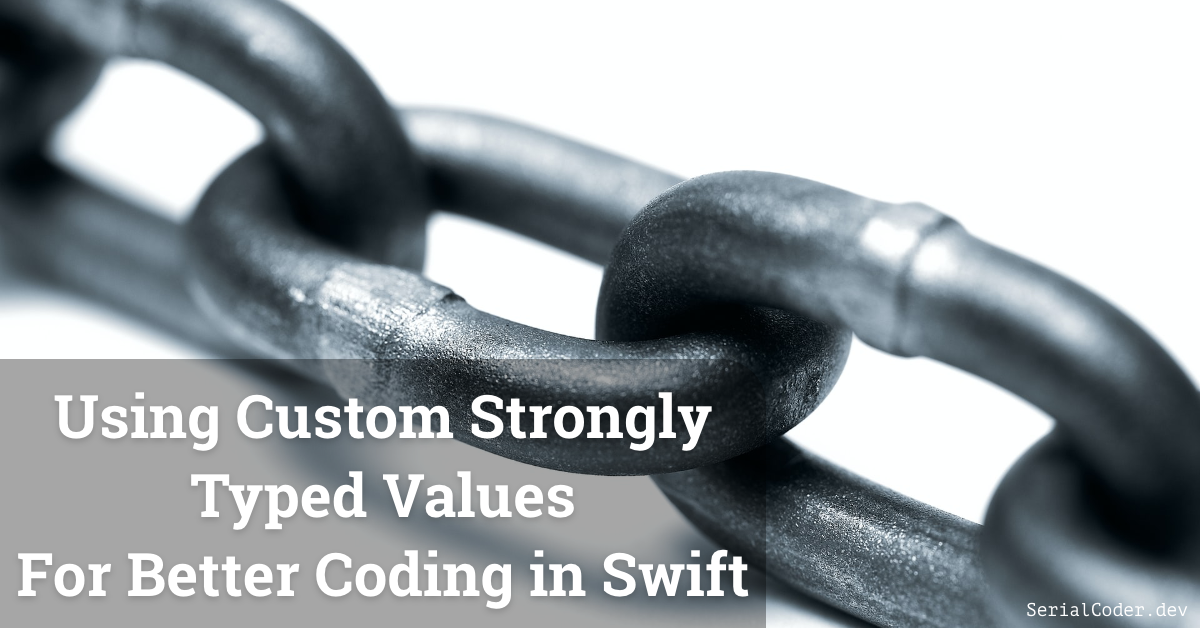
Using Custom Strongly Typed Values For Better Coding in Swift
Write safer and more comprehensive code in Swift by implementing and using custom strongly typed values, avoiding potential unwanted problems.
-
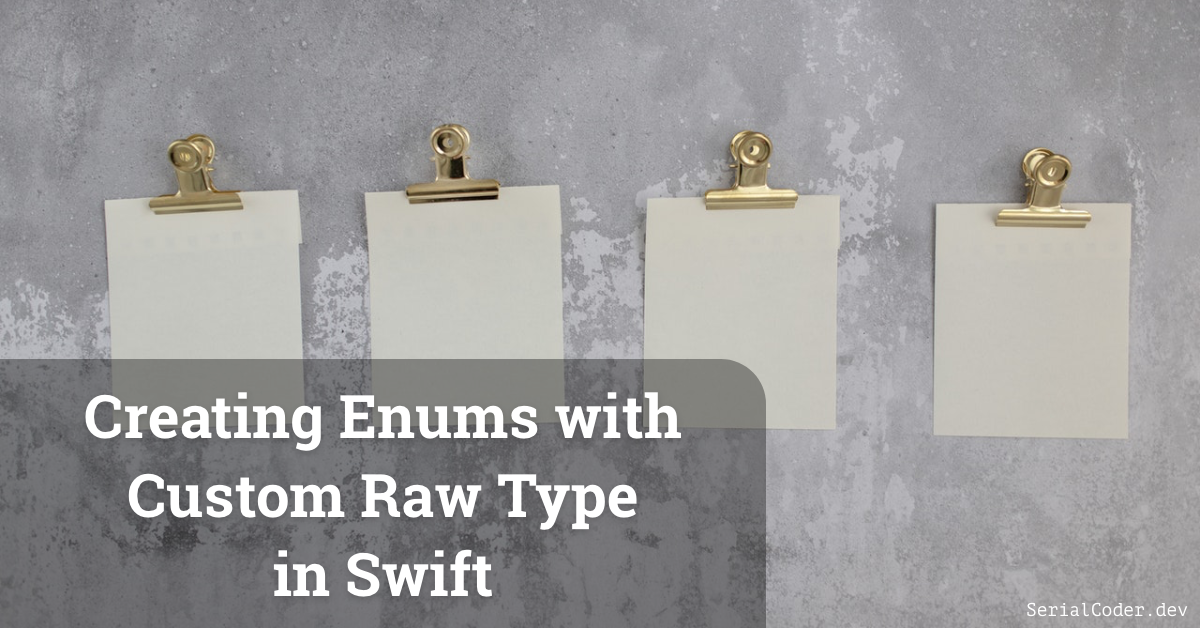
Creating Enums with Custom Raw Type in Swift
Find out in this post how to create enums with raw values of custom types in Swift, and go through a demonstration of all you need to know.
-
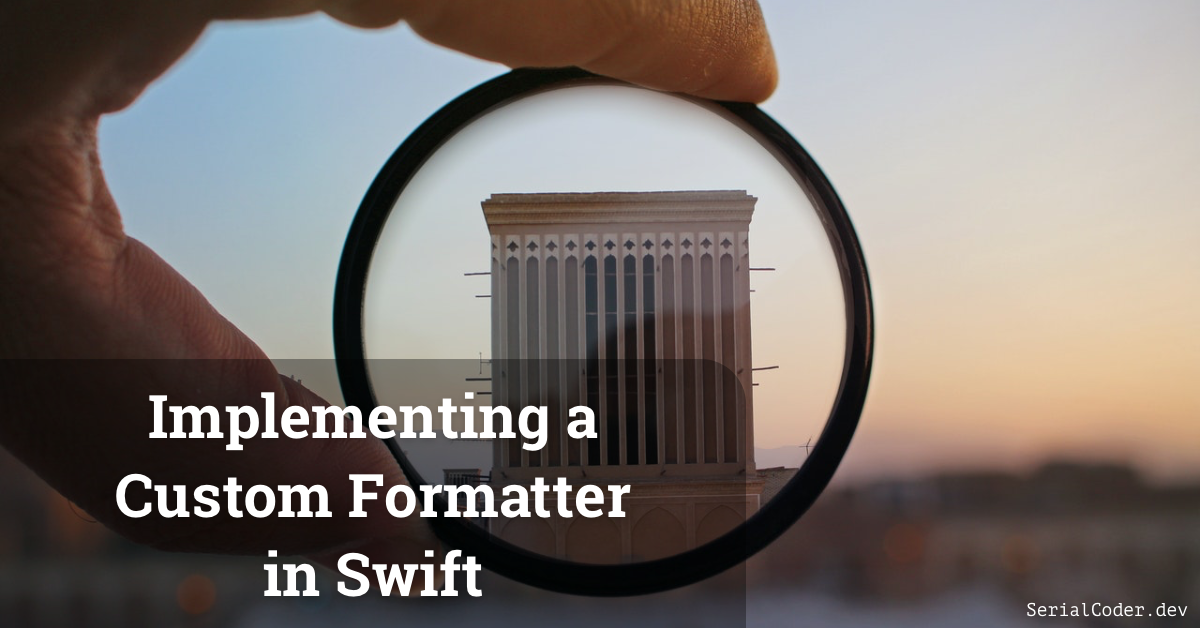
Implementing A Custom Formatter in Swift
Learn how to create a custom formatter in Swift in order to validate and format displayed and user input values conveniently.
-
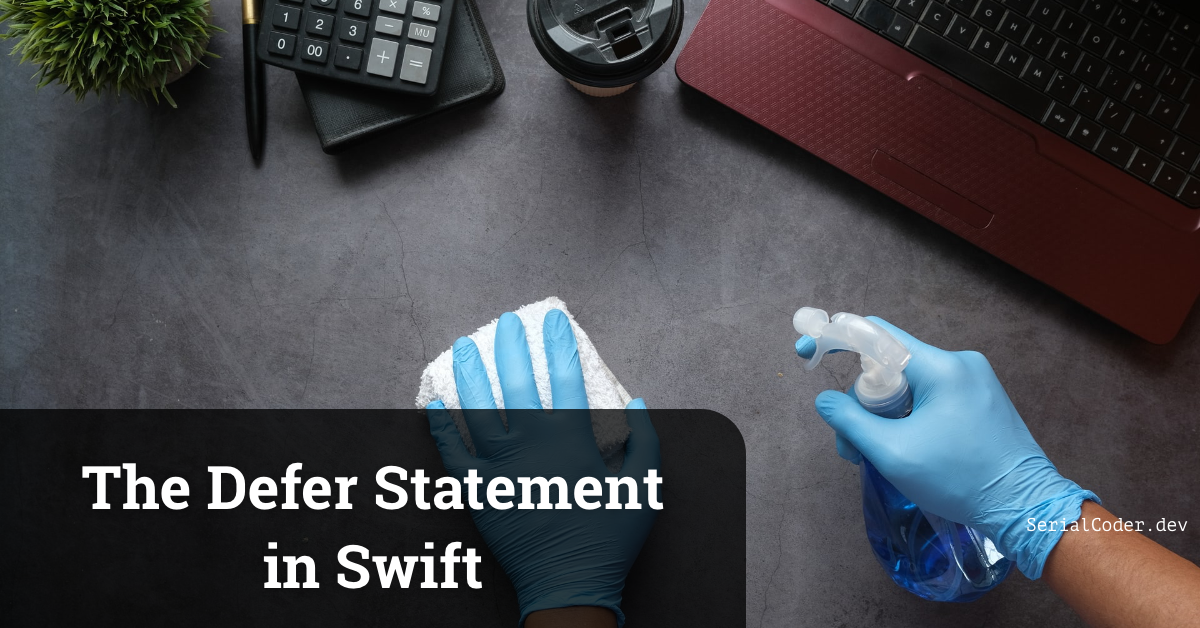
The Defer Statement in Swift
Find out in this post what the Defer statement is in Swift and how to use it in order to perform clean up actions in code blocks effectively.
-

Using Variadic Parameters in Swift
Learn about variadic parameters and how to implement functions that contain them and accept an arbitrary number of values.
-

Overloading Functions in Swift
Overloading functions in Swift is a common technique, and this post shows how to apply it and gain flexibility and convenience.
-
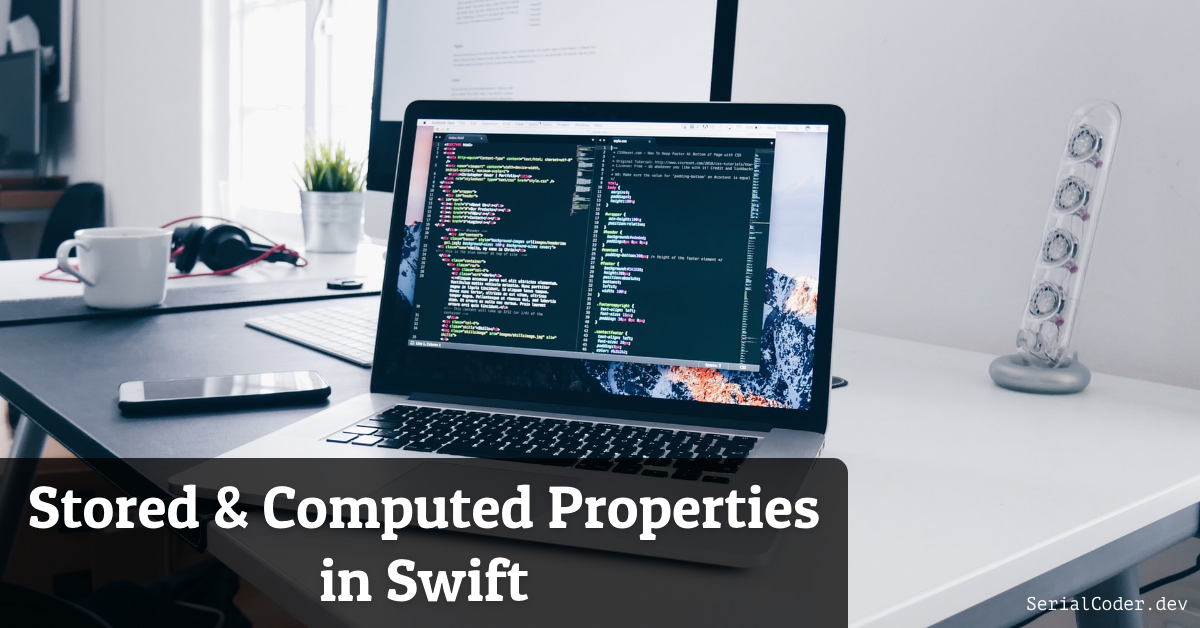
Stored and Computed Properties in Swift
Explore and understand what stored and computed properties are in Swift, and how to gain better programming habits for better code.
-
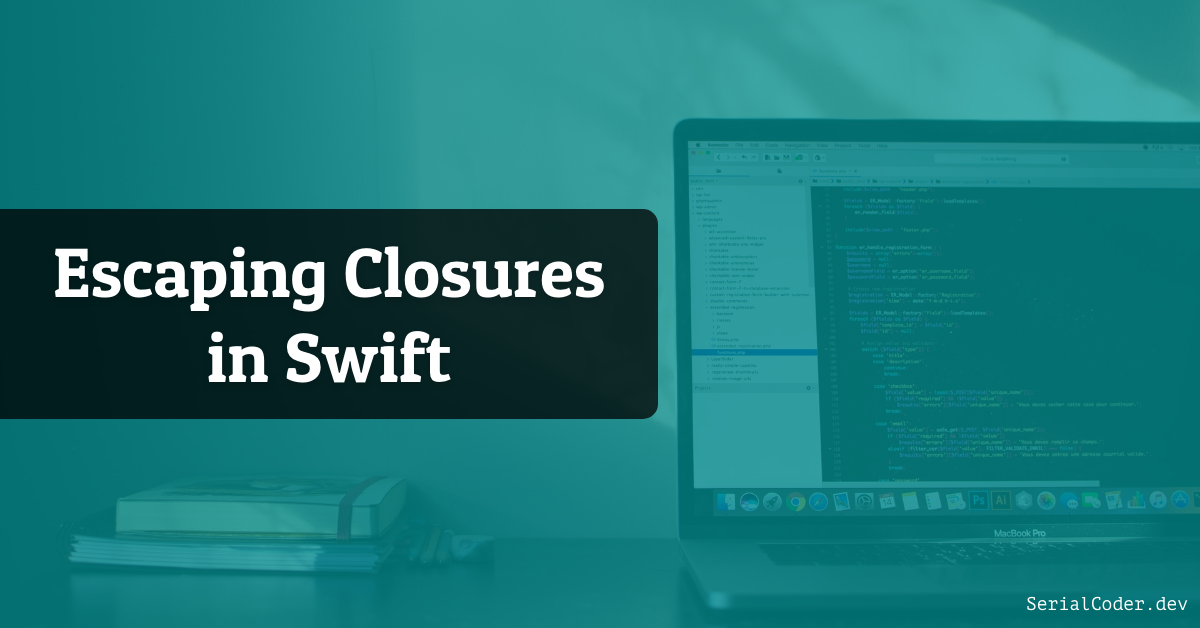
Escaping Closures in Swift
Read about escaping closures in Swift and how to avoid memory related problems in a post that explains everything in simple words.